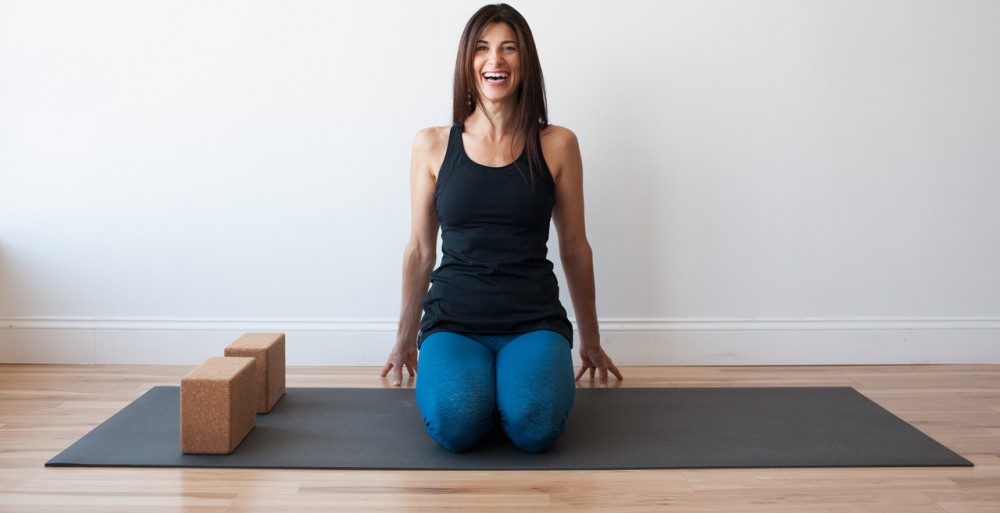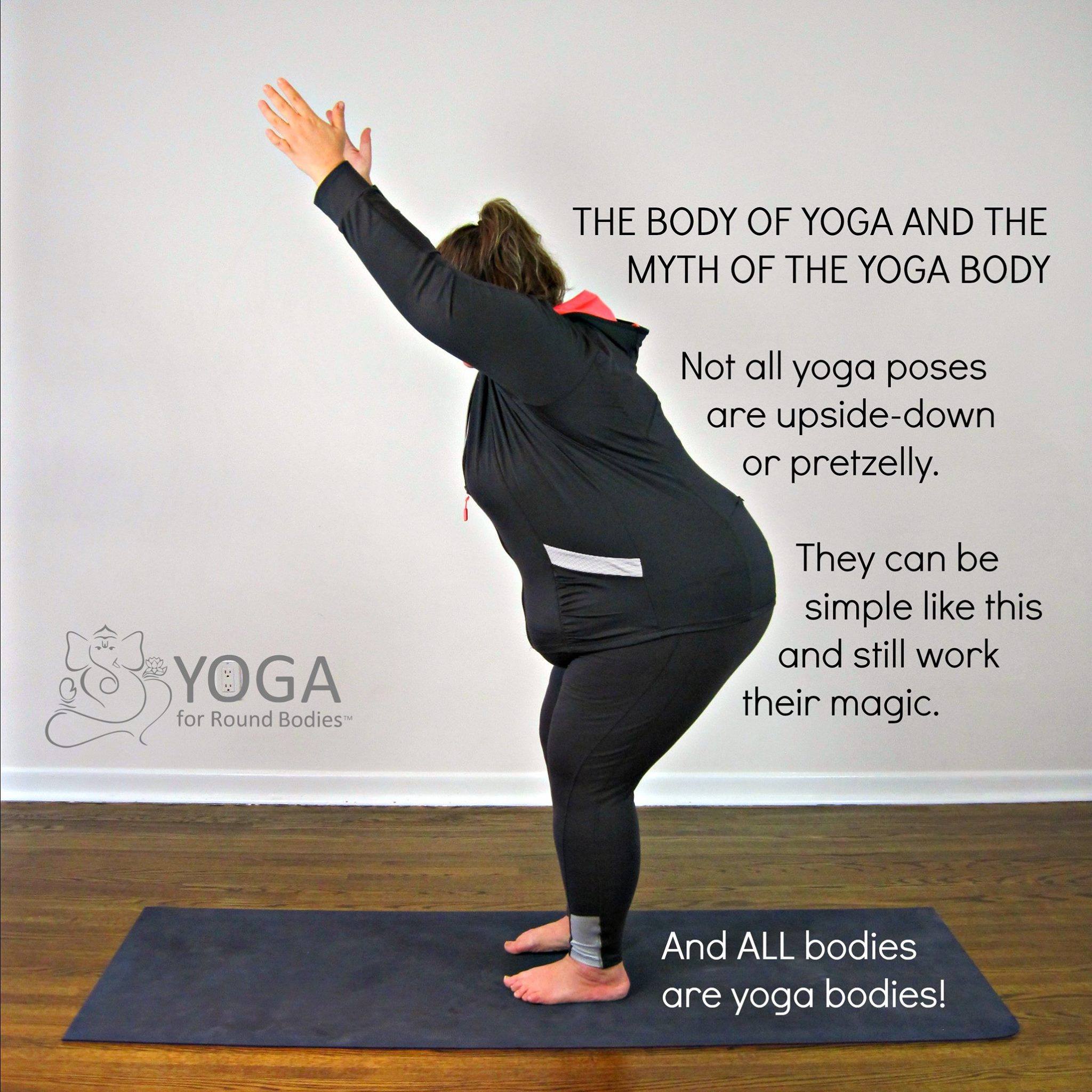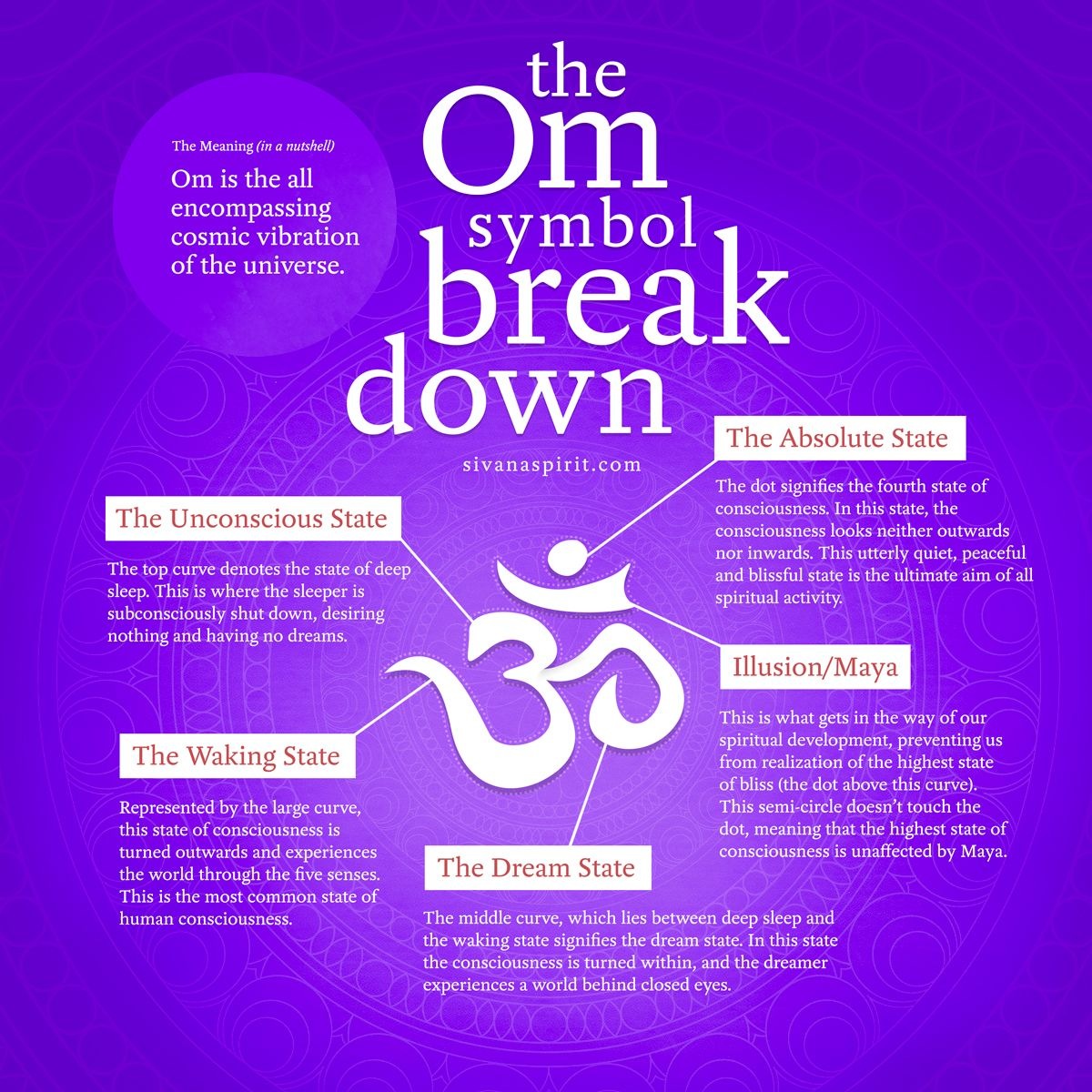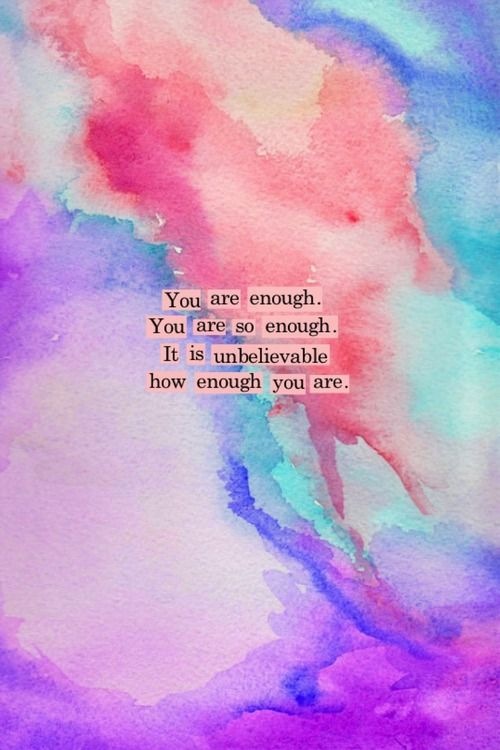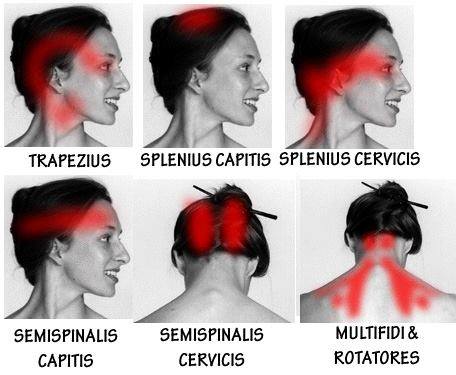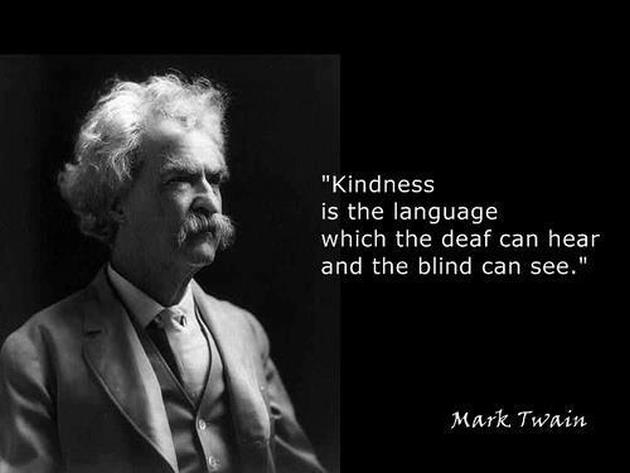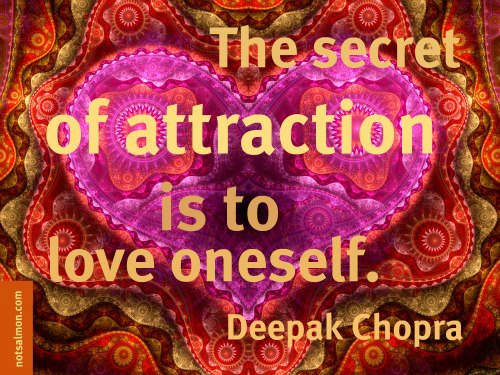breathing for well-being
It’s pretty obvious if you are breathing, you are alive. The breath animates us. most of the time! This means, that our breathing patterns can either be helpful, distraught, or rather therapeutic. For more on that subject, click HERE and you will find a post on breathing for well-being and balance.
Did you know that the breath is the link between the mind and the emotions? Anxiety is an emotional problem that pretty much hits everyone at some point. For some, it can be more intense than others, from ‘simple’ nervousness to panic attacks. Certainly, if you are anxious about real and imminent danger, this is useful, and your breathing is a powerful thermometer for this.
The advice below, “take it day by day and be grateful for every breath” is a great affirmation. However, I think the first stage is knowing who you are as a breather, undoing any unhelpful tendencies and then re-learning healthy techniques. On my Yoga Mind Cd, you will find a track that teaches, guides you into, the natural and essential breath. Once you can do that, then an affirmation is a positive tool to incorporate.
I have given workshops on the breath so if you want to bring one to your studio or have private yoga lessons – contact me 🙂
